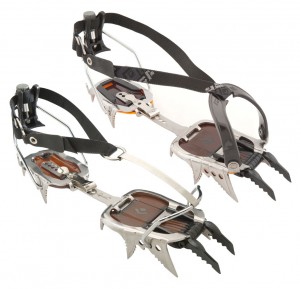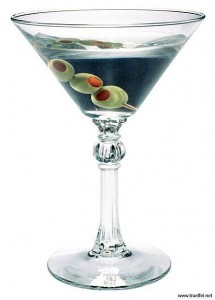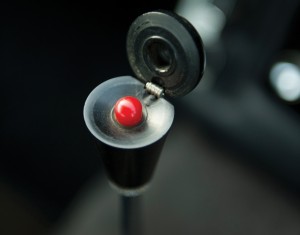Author: Lindsey Myers
Test renders Project 3
Progress so far
Borrow a strategy
Old and New, In and Out, Side by Side
The question/paradox I am going to focus this project on is one that has made me wonder a lot over the past year about a variety of cultures, traditions and more. I will focus on the idea that there is a lot of traditional aboriginal history amongst and alongside the cosmopolitan city life of Sydney, Australia. After spending last spring studying in Sydney, I absolutely fell in love with the city. It’s casual and fancy, trendy and grungy all at the same time. But the most interesting paradox I found was this ancient history of aboriginals, their drive to maintain their heritage, and how they live not so far off from this up and coming trendy city. There is a man I used to see on my way to work every morning who sat by Circular Quay in his traditional aboriginal paints and attire and played his didgeridoo. Obviously, he was there as a street performer to make money.
Aboriginals are very traditional and many keep their traditions strong. There is a very high number of aboriginal children who are illiterate and there are efforts and organizations to help end this issue. There is a high population of aboriginals that live in the outback in the middle of the country, but there are some on the coast in pockets in places like Cairns.
10 People/places/things associated with my topic include:
- Aboriginals
- Australians
- Sydney
- Alice Springs
- Uluru
- Cairns
- outback
- aboriginal art
- Central business district
- Iconic sydney buildings and sculptures
Final Renderings
Test Renders
Screenshot of Wings from the weekend
Pretty proud of how they look…
Step 4- Sketches
Step 2- Narrative Research
I chose to use the story of Moses from the Old Testament. I will be highlighting different parts of Moses’ life that all are related directly to water. The reason why I chose this story is because there are many moments in his life and significant references related to water, and all dragonflies spend most of their time and live near water because in their larval stage, they are actually in a body of water. The major points during Moses’ life relating to water that would make for a good turning point in a film or a book are when he is found in a basket floating through the Nile and Bithya, Pharoah’s daughter finds him, when he parts the red sea, and when Moses struck a rock with a stick after the Israelites were thirsty, producing water.
In order to accommodate my insect, the dragonfly, I will create the dragonfly as a representation of god as a guardian and a guide throughout his life. In the Nile the dragonfly will be either in the water or flying by the reeds or on top of the basket with Moses in it. At the Red Sea, it will be a side view as if looking across the water with the dragonfly flying through with or near Moses and in the final scene, he will appear by the staff on the rock where there is a crack in it with water beginning to flow out.
Step 1- Insect Research
Dragonflies belong to the order ‘Odonata’ and suborder ‘Epiprocta’. They have eyes that are so large, they allow them to see nearly everywhere except directly behind them. They also have a strong transparent wings helps it live in its daily life. Dragonflies have 6 legs but do not walk well. They are one of the fastest flying insects in the world. Their wingspan is usually only 2-5 inches. In the larvae stage, dragonflies live in water and break out of their exoskeleton. Dragonflies are harmless but catch all their prey (and food) while flying, so they will starve if they cannot fly. They can travel up to 100 miles in a single day, but most don’t usually travel that much. They are usually about 1-5 inches in length with very short antennae.
In Europe, culturally, dragonflies are seen as evil and sinister, and sometimes even personify the devil, while Native American culture had them representing swiftness and activity in stories. In certain parts of Asia, dragonflies are eaten as delicacies, but in Japan, they are the symbol of courage, strength, and happiness in haiku poems.
I chose a dragonfly because while there are so many things the body can do, from moving its wings to its eyes, its still flies gracefully. The wings as paper-thin as they are often glisten in light, and I hope that comes through in my Keyshot renderings. I plan to place the dragonfly in a story that takes place near water of sorts because that’s where dragonflies are most commonly found.
Step 3- Dragonfly Reference Images
Our group chose to focus on a vehicle of a yacht in the arctic. What is interesting about this is the fact that we chose these two in tandem because we felt as though we were “solving the Titanic” so that the yacht may not ram itself into icebergs, but rather scale over them with cramp-on type feet and hinging legs, another extra unique element to our vehichle. Our character was James Bond, which is perfect for the lavish vehicle of a yacht, and it was interesting building such a large space for use by only one individual. The renderings I chose in the order I chose to display them reprensent someone moving through the space with the yacht in the water. Suddenly, it releases into “leg mode” and has a duck-type look with its legs floating beneath it. Then we slowly begin to see the vehichle move closer to the iceberg and begin to climb and we once again get the feeling of moving around in space due to the order in which I chose to display the images and shots.
Team 3 Presentation
Inspiration Board
Lindsey Myers
Your name: Lindsey Myers
Your major: Interdepartmental Media Studies
Please list a few of your interests, sports you play, or other activities you’re involved in (on or off campus).
Dance Minor
Dance showcase choreographer
ACE
sorority
Why are you taking this class? What do you most want to get out of it?
My major is focused on all media, but I have a particular fascination with new media. I feel as though with this, both writing skills and digital design and creation are both important aspects of the field (and it will be useful in my future).
Are there any particular topics or techniques that you’re hoping to learn about in this class?
I am taking this class to get a better idea about digital graphics as well as gain even more appreciation for art.
In your opinion, what makes a work of art interesting, worthwhile, or compelling—to put it simply, what makes a work of art good? Why do you feel this way?
I really enjoy when art has mulitple meanings or multiple messages to pull from it. As a dancer and choreographer, an artist’s message is typically the most important part of his or her work, and it is important that the viewers can find it, but I enjoy when a bit of searching is involved.
Email address: Lmm034@bucknell.edu
Cell phone number: 908-477-7074
Cell phone service provider: Verizon


















































































































